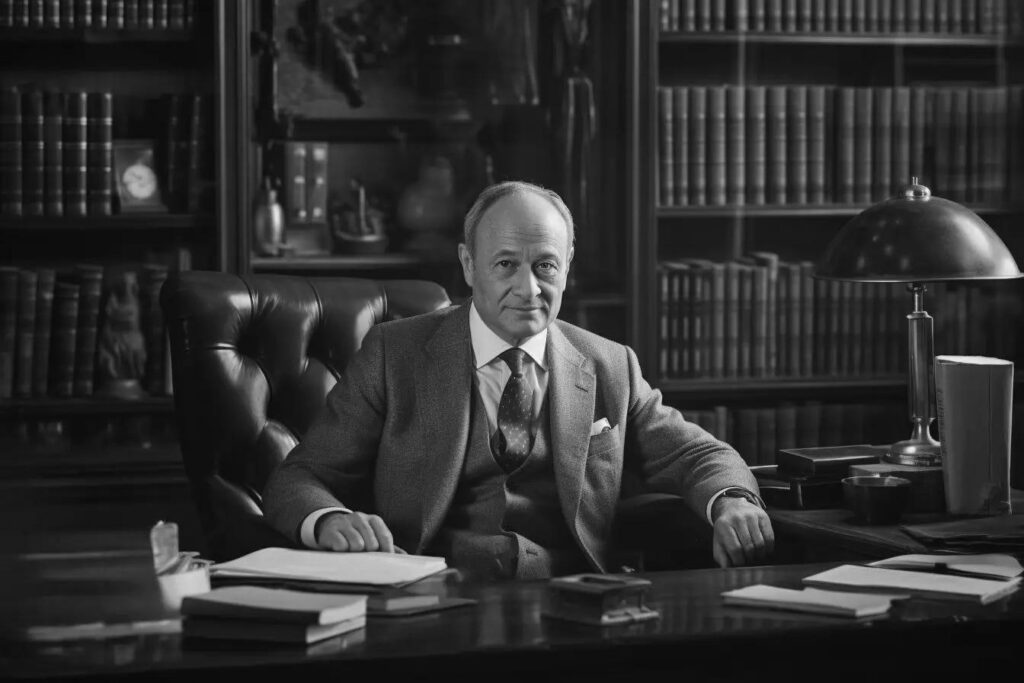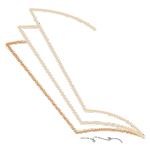Robert T. Kiyosaki is one of the most recognizable names in personal finance—but also one of the most divisive. Best known for Rich Dad Poor Dad, a book that transformed him into a global celebrity in the self-help investing world, Kiyosaki has built a brand around financial independence, entrepreneurship, and “escaping the rat race.”
Yet despite (or because of) his massive popularity, Kiyosaki has faced persistent criticism for promoting unverified stories, vague advice, and expensive educational products with questionable value.
👨🏫 Background and Early Life
Born: April 8, 1947, Hilo, Hawaii, USA
Education and Early Career:
⦁ U.S. Merchant Marine Academy graduate (1969)
⦁ Served as a Marine helicopter gunship pilot during the Vietnam War
⦁ Brief stint at Xerox Corporation as a salesman
⦁ Founded a company selling nylon wallets (which eventually went bankrupt)
Kiyosaki’s background is nontraditional for a finance author. He has no formal education in economics, investing, or personal finance—and his business ventures before becoming an author were modest at best. Despite these shortcomings, he has leveraged his personal narrative into an international platform.
🏆 Major Works and Controversies
📘 Rich Dad Poor Dad (1997)
The book that made him famous—Rich Dad Poor Dad—claims to be a memoir of lessons learned from two father figures: his own “Poor Dad” (his biological father) and a “Rich Dad” mentor (whose identity has never been proven). Critics and journalists have repeatedly pointed out that there is no verifiable evidence that Rich Dad existed, casting doubt on the book’s core premise.
Despite this, the book struck a chord. Its basic message—invest in assets, don’t rely on a paycheck, pursue financial education—resonated with readers who felt excluded from the traditional financial system.
📊 The “Cashflow Quadrant” and Other Concepts
In follow-up books like Cashflow Quadrant, Kiyosaki divides the working world into Employees, Self-Employed, Business Owners, and Investors. He presents this as a framework for thinking about financial freedom—but critics argue it’s overly simplistic and lacks academic grounding.
Many of his books rely on motivational catchphrases rather than concrete, implementable advice. Readers are told to “buy assets” and “escape the rat race,” but the actual methods for doing so are often left vague, or buried beneath repeated ideological points.
💼 Business Ventures and Legal Issues
Kiyosaki’s Rich Dad brand includes seminars, coaching programs, and a board game (“Cashflow”). However, several of these programs—especially those run through partnerships with companies like Whitney Education—have faced legal scrutiny for misleading advertising and high-pressure sales tactics.
In 2012, one of Kiyosaki’s companies, Rich Global LLC, filed for bankruptcy after being ordered to pay nearly $24 million to a seminar promoter. This raised serious concerns about the transparency and ethics behind his business operations.
📚 Key Books by Robert T. Kiyosaki
⦁ Rich Dad Poor Dad (1997): A foundational mindset book, but light on substance.
⦁ Cashflow Quadrant (1998): Introduces his four-income archetypes.
⦁ Rich Dad’s Guide to Investing (2000): A vague roadmap to building wealth.
⦁ Fake (2019): A sensationalist take on money, education, and global institutions.
While bestselling, many of Kiyosaki’s books tend to repeat the same ideas across volumes. They often promote urgency and self-reliance but are short on tested strategies or financial theory.
🗣️ Public Persona and Rhetoric
Kiyosaki’s media presence is bold, bombastic, and often contrarian. He rails against the U.S. dollar, central banks, formal education, and traditional financial advice. He has increasingly embraced sensationalism—frequently predicting financial collapse, hyperinflation, and market crashes.
His fans see him as a truth-teller. Critics see a marketer skilled at exploiting economic anxiety.
Importantly, Kiyosaki frequently dismisses mainstream investing strategies like index funds or saving through retirement accounts. Instead, he encourages investing in real estate, gold, silver, and cryptocurrency—often with little discussion of risk, timing, or due diligence.
🎯 Legacy and Critical Impact
There’s no question that Kiyosaki has helped millions of people start thinking about money in new ways. He brought financial literacy into pop culture, made the word “assets” cool, and challenged the blind faith in job security and formal education.
But the deeper impact is mixed.
On one hand:
⦁ He empowered readers to question traditional financial paths.
⦁ He popularized discussions around passive income and wealth-building.
On the other:
⦁ He oversimplified complex financial issues into personal narratives.
⦁ He endorsed risky strategies to an audience lacking proper guidance.
⦁ He monetized his influence through expensive, opaque education programs.
His brand thrives on distrust—of institutions, schools, and the financial establishment—but offers few empirically sound alternatives.
⭐ Final Verdict: A Polarizing Pioneer
Robert Kiyosaki is not a fraud—but he’s not a financial expert in the conventional sense. He’s a motivational storyteller who positioned himself as an anti-establishment financial icon at the right time. His success is as much a product of branding and timing as it is of insight.
What He Gets Right:
⦁ The school system fails to teach real-world finance.
⦁ Thinking like an owner (not just a worker) is key to wealth.
⦁ Financial independence requires a mindset shift.
What He Gets Wrong:
⦁ Undermines the value of formal education irresponsibly.
⦁ Offers minimal guidance on safe investing practices.
⦁ Associates with dubious seminar promoters and makes outsized claims.
💬 Bottom Line: Kiyosaki started a conversation the world needed—but didn’t finish it responsibly.
His books are a wake-up call, not a guidebook. Read them for perspective, not for strategy—and always bring a healthy dose of skepticism.




